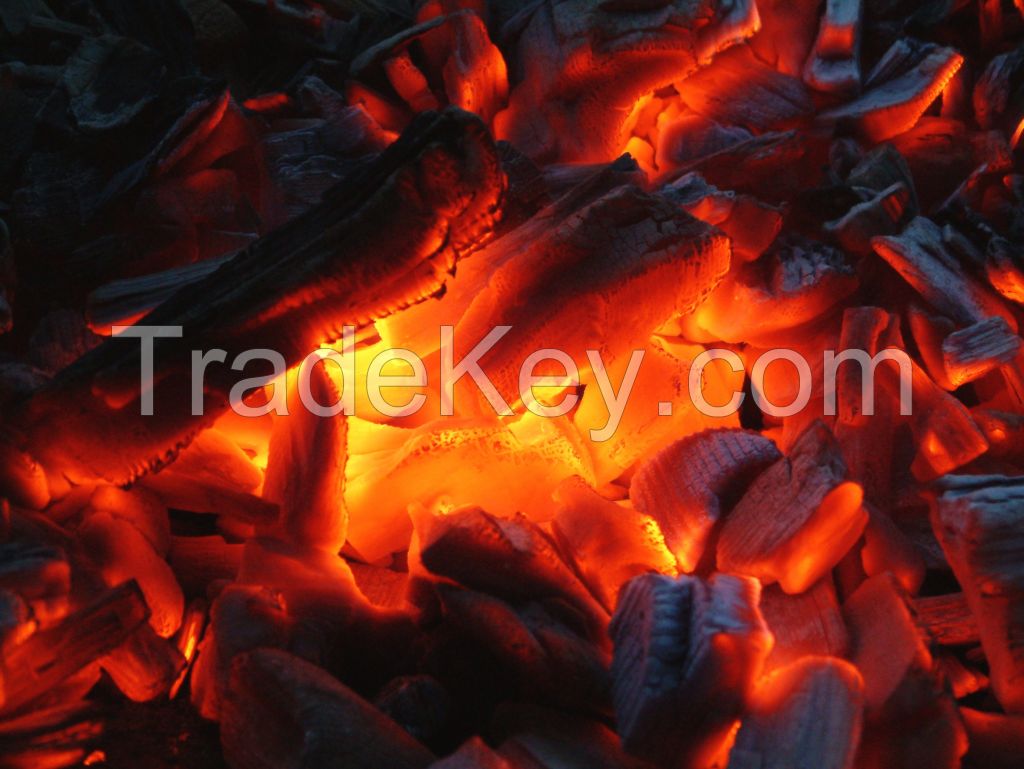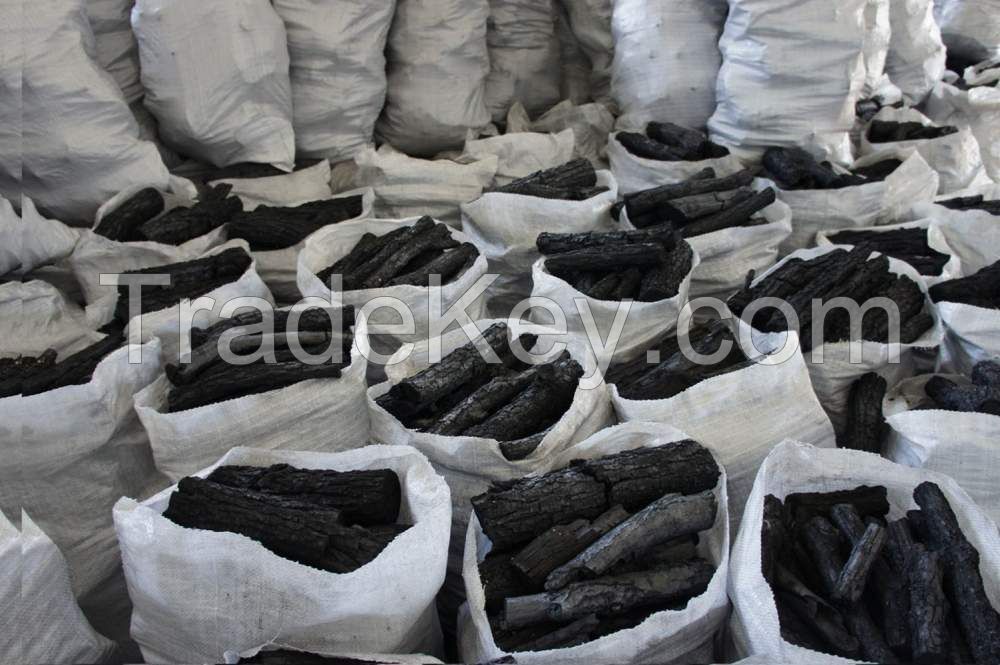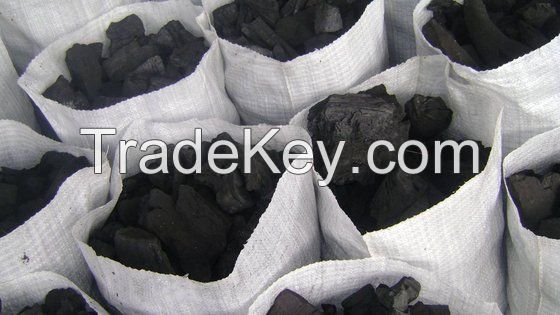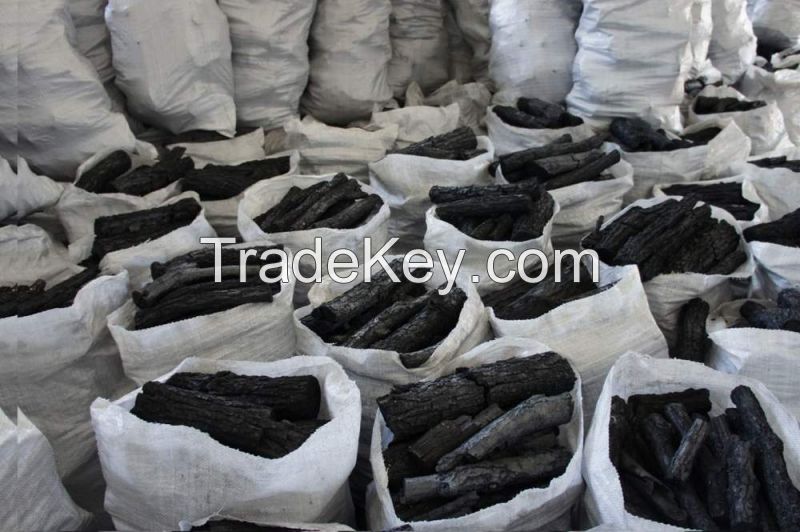





FOB Price
Get Latest Price( Negotiable )
|20 Metric Ton Minimum Order
Country:
Nigeria
Model No:
-
FOB Price:
( Negotiable ) Get Latest Price
Place of Origin:
-
Price for Minimum Order:
-
Minimum Order Quantity:
20 Metric Ton
Packaging Detail:
As required by buyers
Delivery Time:
20Days
Supplying Ability:
1000 Tonne per Month
Payment Type:
T/T
Product Group :
Contact Person Dubem
6B Bendel Street, Off Bishop Aboyade Cole Victoria Island, Lagos , Other
Charcoal is a lightweight, black residue, consisting of carbon and
any remaining ash, obtained by removing water and other volatile
constituents from animal and vegetation substances. Charcoal is
usually produced by slow pyrolysis- the heating of wood or other
substances in the absence of oxygen.

Types:
Common charcoal is made from peat, coal, wood, coconut shell, or
petroleum.
Sugar charcoal is obtained from the carbonization of sugar and is
particularly pure. It is purified by boiling with acids to remove
any mineral matter and is then burned for a long time in a current
of chlorine in order to remove the last traces of hydrogen. It was
used by Henri Moissan in his early attempt to create synthetic
diamonds.
Activated charcoal is similar to common charcoal but is made
especially for medical use. To produce activated charcoal,
manufacturers heat common charcoal in the presence of a gas that
causes the charcoal to develop many internal spaces or "pores."
These pores help activated charcoal trap chemicals.
Lump charcoal is a traditional charcoal made directly from hardwood
material. It usually produces far less ash than briquettes.


Japanese charcoal has had pyroligneous acid removed during the
charcoal making; it therefore produces almost no smell or smoke
when burned. The traditional charcoal of Japan is classified into
two types:
White charcoal is very hard and produces a metallic sound when
struck.
Black charcoal

A more recent type is of factory-made briquettes:
Ogatan is made from hardened sawdust. It is most often used in
Izakaya or Yakiniku restaurants.
Pillow shaped briquettes are made by compressing charcoal,
typically made from sawdust and other wood by-products, with a
binder and other additives. The binder is usually starch.
Briquettes may also include brown coal (heat source), mineral
carbon (heat source), borax, sodium nitrate (ignition aid),
limestone (ash-whitening agent), raw sawdust (ignition aid), and
other additives.
Hexagonal sawdust briquette charcoal is made by compressing sawdust
without binders or additives. Hexagonal Sawdust Briquette Charcoal
is the preferred charcoal in Taiwan, Korea, Greece, and the Middle
East. It has a round hole through the center, with a hexagonal
intersection. It is used primarily for barbecue as it produces no
odor, no smoke, little ash, high heat, and long burning hours
(exceeding 4 hours).
Extruded charcoal is made by extruding either raw ground wood or
carbonized wood into logs without the use of a binder. The heat and
pressure of the extruding process hold the charcoal together. If
the extrusion is made from raw wood material, the extruded logs are
subsequently carbonized.
| Country: | Nigeria |
| Model No: | - |
| FOB Price: | ( Negotiable ) Get Latest Price |
| Place of Origin: | - |
| Price for Minimum Order: | - |
| Minimum Order Quantity: | 20 Metric Ton |
| Packaging Detail: | As required by buyers |
| Delivery Time: | 20Days |
| Supplying Ability: | 1000 Tonne per Month |
| Payment Type: | T/T |
| Product Group : | Charcoal |